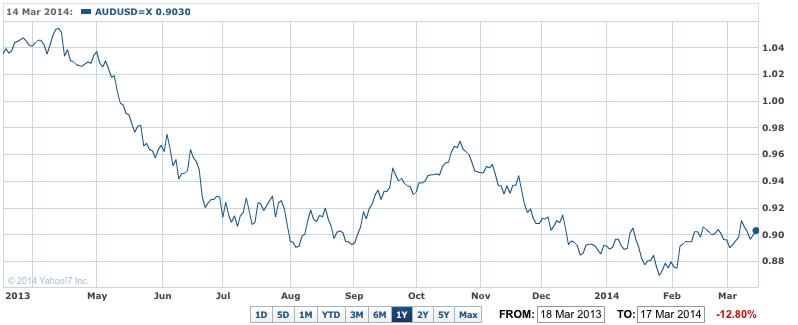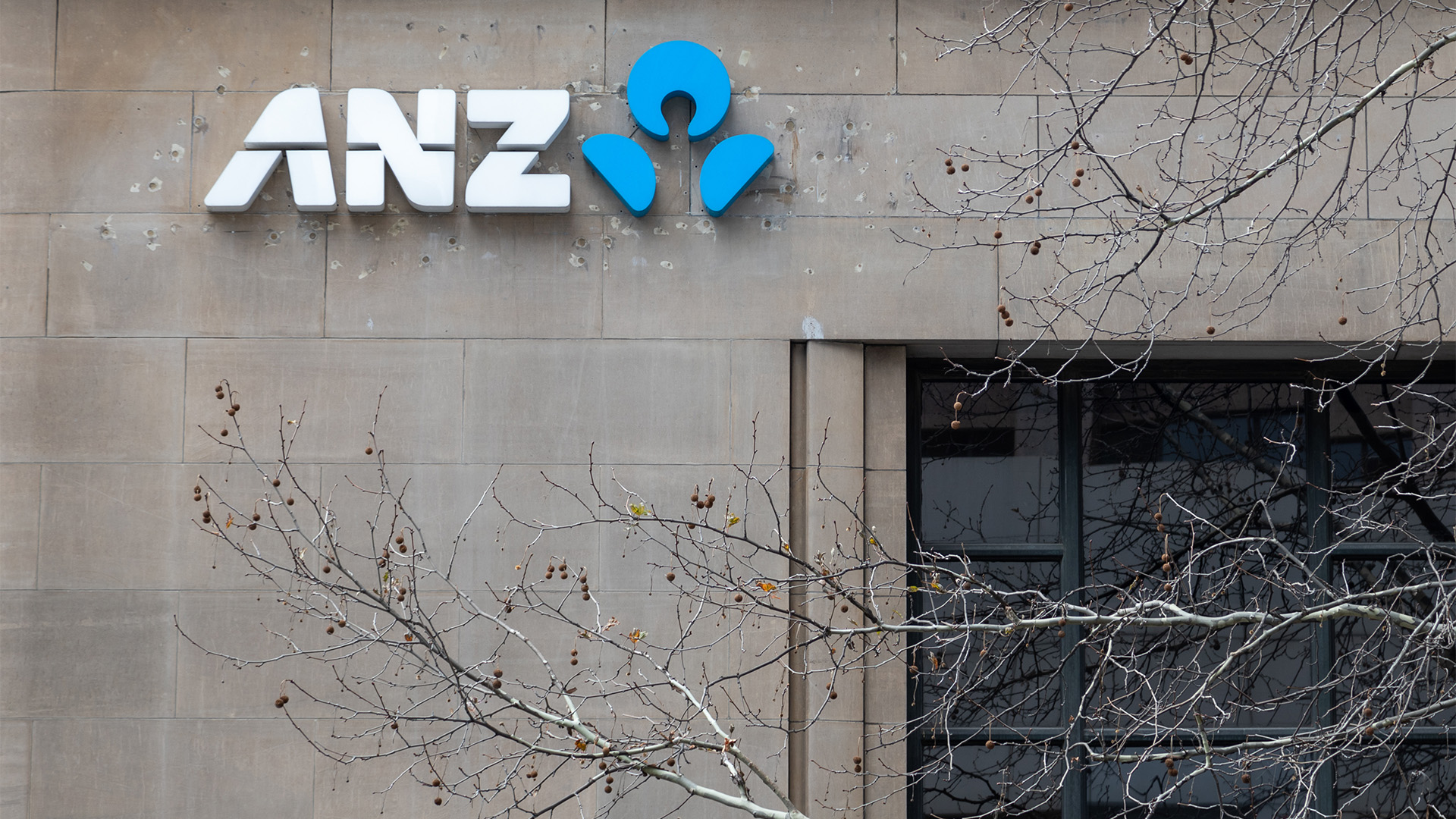The Australian dollar’s recent strength continued yesterday, helped by an about turn on local interest rates by one of the big bears of the markets, Westpac’s chief economist, Bill Evans.
In a note issued yesterday he revealed the bank no longer saw two more rate cuts, as he has been forecasting for months.
Instead the Reserve Bank (which releases the minutes of its March board meeting later this morning) is seen by the market as holding rates at the current level of 2.5%, before an increase in 2015.
That is now Mr Evans’ forecast.
Mr Evans along with his counterpart at the National Australian Bank, with Alan Oster were the two most bearish interest rate forecasters in local markets, citing weak domestic demand for their forecasts for further rate cuts.
Mr Oster said in last week’s NAB business survey for March that the bank’s economic growth forecasts remain unchanged. He said a "Final RBA cut to occur in late 2014, with unemployment still expected to rise to 6.5% by late 2014 and stay higher for longer”.
Mr Evans wrote the bank previously thought the mining slowdown, government budget cuts, falling export prices and a stubbornly high Australian dollar would force more rate cuts.
But it is clear the flow of data for the past six weeks has shown the economy started accelerating towards the end of the 4th quarter and that has continued into the early weeks of 2014.
In fact, Mr Evans said last week’s better than expected jobs figures, stronger household spending, rising home building approvals, increasing inflation and surging housing finance are among the main reasons for the change in rate forecast.
The effect of Mr Evans about face helped push the dollar higher in local trading yesterday.
It had sagged to around 89.93 USc, according to Bloomberg early on, then steadied.
When the Westpac note was issued currency jumped to 90.50 USc, up nearly one-fifth of a cent.
It ran up close to 91 US cents in overnight trading and was around 90.95 early this morning.
AUDUSD 1Y – Westpac rate call reversal helps boost Aussie dollar

In his note yesterday Mr Evans said:
"Our dominant theme in this cycle has been that a weak labour market would undermine consumer spending which in turn constrains investment, employment and incomes. Businesses react negatively to soft demand; an uncertain global environment and a “still high” AUD," he wrote yesterday.
"Those forces are expected to be complemented by a number of known headwinds – mining slowdown; fiscal restraint; falling terms of trade and a resilient AUD as global growth, including in the US, disappoints;
"We still see those forces operating to moderate growth and inflation pressures but now assess that better news on employment; consumption; and business confidence will dampen those contractionary forces to exclude a sufficiently strong case to cut rates.This is in the context of a high hurdle from the perspective of the Reserve Bank to further cutting rates."
The bank changed its Australian dollar forecast with a new target of US87 USc in a year’s time rather than US85 USc.
That’s still above some forecasts. For example, Goldman Sachs reckons the dollar is headed to 80 USc in the next year.
The investment bank lowered its three, six and 12-month forecasts to US85c, US82c and US80c respectively. The forecasts were US90c, US88c and US85c previously.
In February, Deutsche Bank’s chief economist for Australia Adam Boyton made headlines after saying the Australian dollar could face a "benign collapse" to US66¢ by the end of next year amid falling commodity prices, declining mining investment and reduced government spending.













